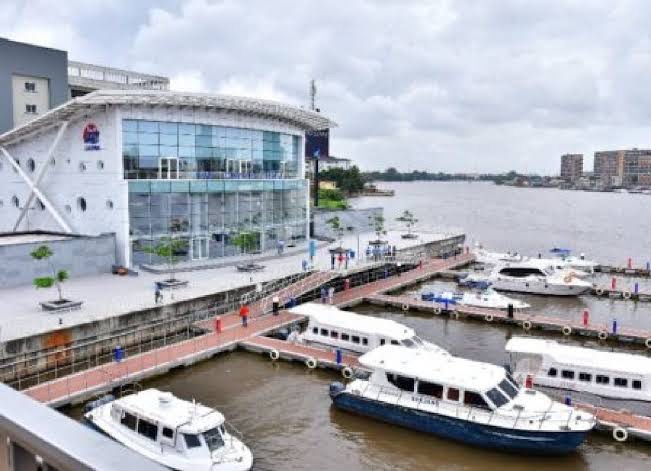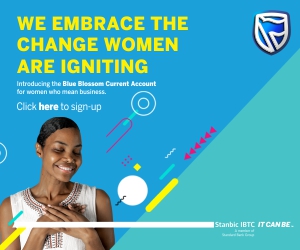GROpinion
How Jonathan fought corruption more effectively than Buhari has ever done


By Femi Aribisala
It is necessary to remind Nigerians that the biggest institutional attacks on corruption in Nigeria came under the PDP. EFCC, ICPC and the Nigerian Financial Intelligence Unit (NFIU) were all created by the PDP. Building institutions is always far better than propaganda.
Goodluck Jonathan addressed the issue of corruption in this manner. He attempted to remove the big institutional corruption represented by the petroleum subsidy. But this was rejected by Nigerians at the instance of Tinubu and Buhari.
As a matter of fact, Buhari maintained there was no petroleum subsidy. To quote him, he asked: “Who is subsidizing who?”
Jonathan sanitised the banking system. With the introduction of the Government Integrated Financial Management System (GIFMS), physical movement of cash in the making of payments was reduced.
This has curbed corruption to some appreciable extent. Dinosaur Managing Directors of the banks were removed. AMCOM was created to mop up bad banking loans.
By instituting the e-payment system, Jonathan sanitized the civil service. Over 60,000 ghost-workers were immediately identified and removed from the civil service register, with savings of over 200 billion naira.
INEC also got rid of several million ghost-voters under Jonathan. 1 million ghost-voters were deleted from Zamfara State alone.
Jonathan sanitised elections in Nigeria. Free and fair elections took place in Edo, Anambra, Ondo, Ekiti and Osun.
In all these elections, the ruling party only won in one. Moreover, it was under Jonathan that, for the first time in the history of Nigeria, a ruling party lost the presidential election and agreed to leave. Please note: no election was ever overturned by the courts under Jonathan.
It was under Jonathan that the innovation of permanent voters’ cards was introduced.
Jonathan sanitised fertilizer distribution in agriculture. This used to be a major area of corruption. Jonathan removed the mafia of fertilizer middlemen distributors. In the previous 30 years before Jonathan, nearly 1 trillion naira (776 billion) was lost to corrupt fertilizer racketeering.
Under Jonathan, 10.5 million farmers were registered under the e-payment system with more than 6 million being able to have personal and direct access to the Ministry of Agriculture.
Through the e-payment system, farmers now have unhindered access to government supplied fertilizer, chemicals and seedlings.
Out of 174 countries assessed by Transparency International, Nigeria was ranked 136th most corrupt country in the world under Jonathan. That made us better than 38 countries. We were 144th in 2013, but moved 8 places better off in 2014. Today, under Buhari, we have gone down to 148.
-



 GRPolitics2 days ago
GRPolitics2 days agoLet the People’s Voice Stand: A High‑Assertiveness Call to Democratic Integrity in the Digital Age
-



 Spotlight3 days ago
Spotlight3 days agoProphetic Outlook for 2026: Help Is on the Way
-



 GRPolitics3 days ago
GRPolitics3 days agoAmidst Atiku and Obi in ADC, Bola Ahmed Tinubu Retains a Significant Structural Advantage Ahead of the 2027 Election – A Data‑Driven Assessment
-



 Culture2 days ago
Culture2 days agoGovernor Mbah Visits Igwe Greg Ugwu, Enyi 1 of Attakwu, Nkanu West LGA







